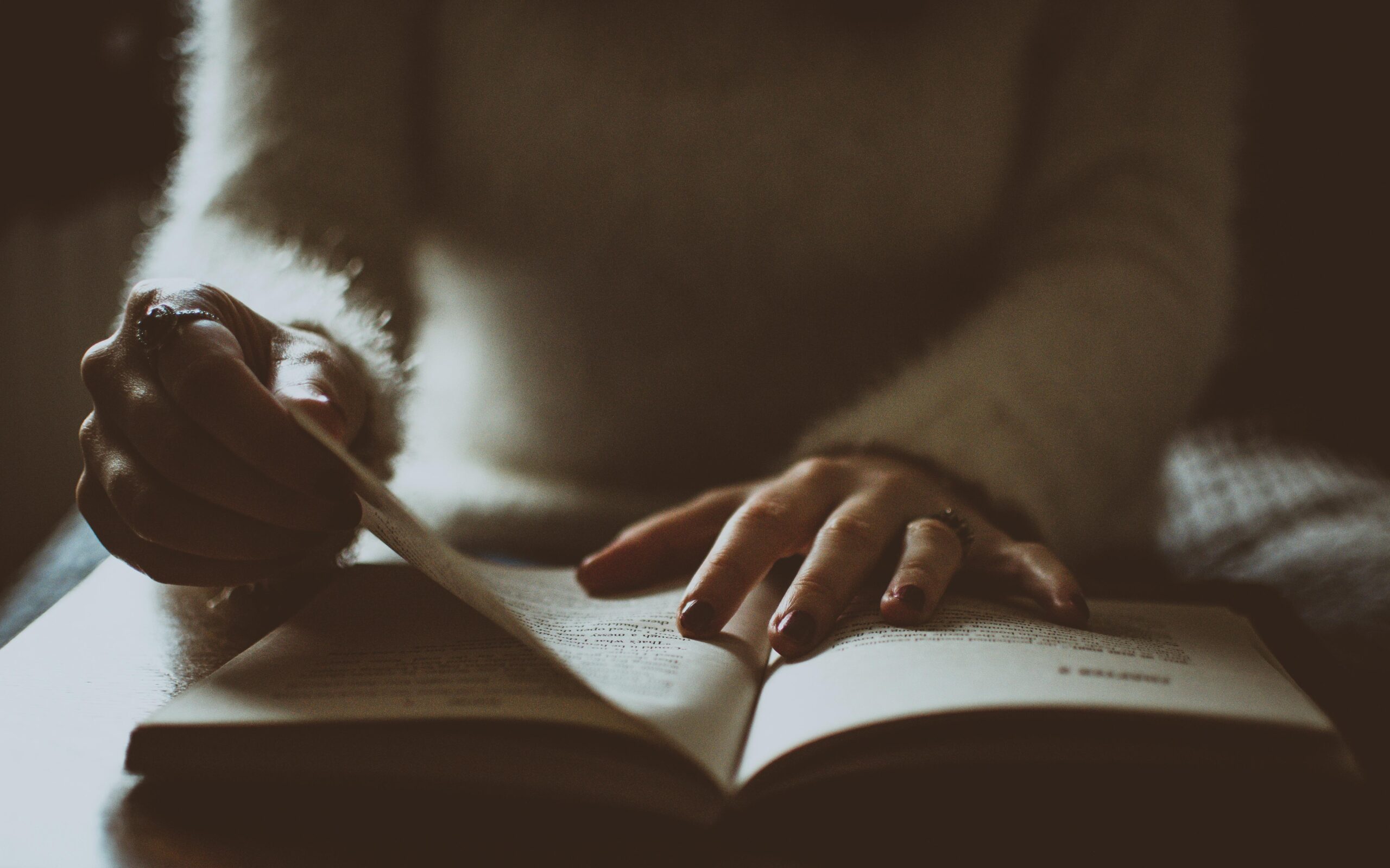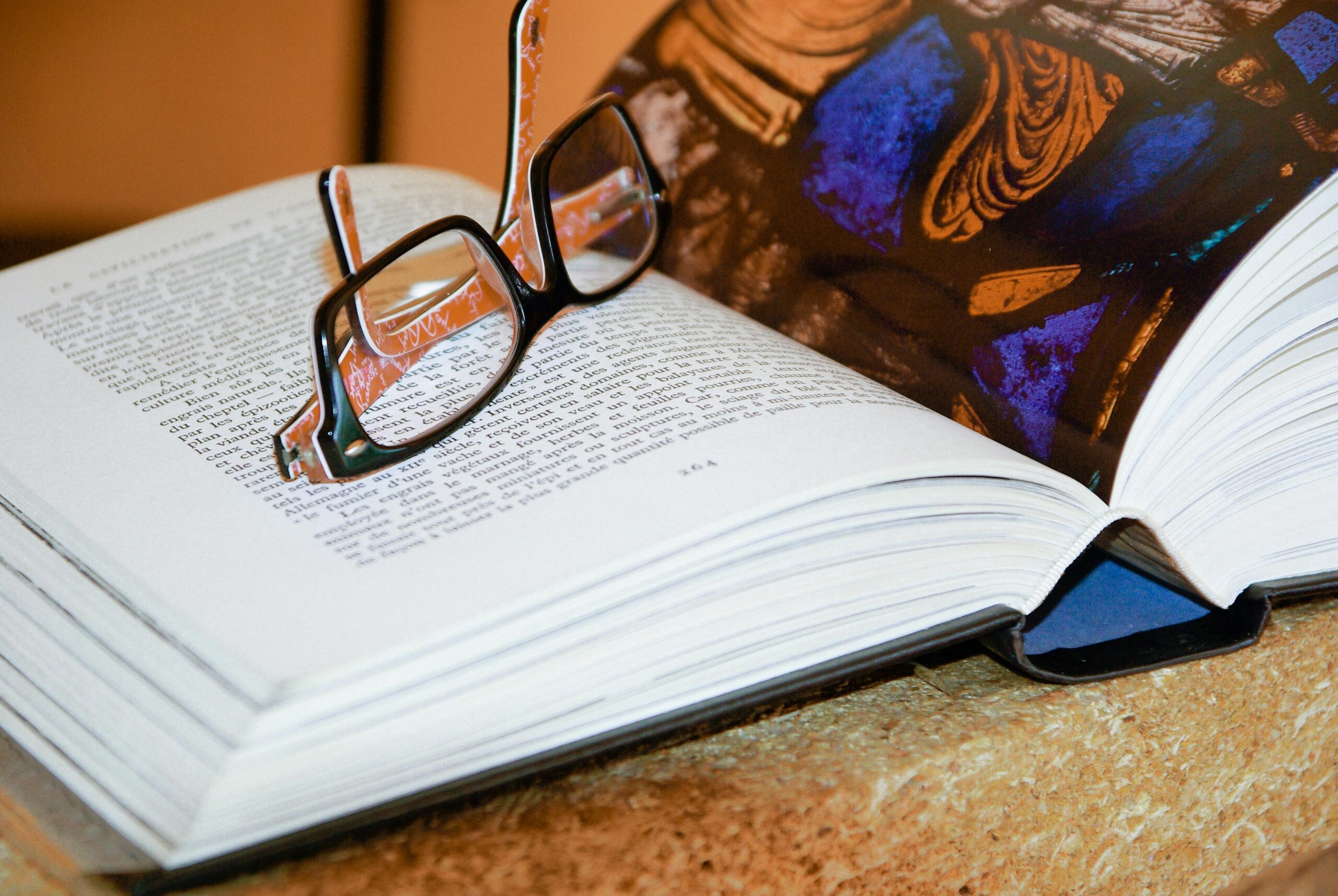Introduction
Spoken word poetry is a powerful art form that blends literature, performance, and emotion. Many skilled spoken word performers draw inspiration from books, shaping their craft through deep literary roots.
The connection between written words and spoken performance creates a unique artistic expression. This article explores how books influence spoken word artists, enhancing their poise, depth, and delivery.
By understanding this relationship, we can appreciate the intellectual and emotional layers behind every performance.
The Influence of Literature on Spoken Word Poetry
1. Books as a Foundation for Creativity
Great spoken word performers often begin as avid readers. Books provide vocabulary, themes, and stylistic techniques that shape their artistry.
Classic and contemporary literature offers diverse perspectives, enriching a performer’s content. Reading cultivates a deeper understanding of language, rhythm, and storytelling.
Without books, many spoken word pieces would lack the depth that makes them compelling.
2. Literary Techniques in Performance
Metaphors, alliteration, and symbolismcommon in booksare also key in spoken word. Performers borrow these techniques to craft impactful pieces.
The pacing of a poem often mirrors the narrative flow of novels. Dynamic shifts in tone reflect the emotional arcs found in literature.
By studying literary devices, performers refine their ability to engage audiences.
3. The Role of Poetry Collections
Poetry books serve as direct inspiration for spoken word artists. Works by Maya Angelou, Rumi, and Langston Hughes influence modern performers.
These collections teach cadence, brevity, and emotional intensity. Many spoken word pieces are modern adaptations of traditional poetic forms.
Studying poetry helps performers master the balance between written and spoken art.
How Reading Enhances Performance Skills
1. Improved Vocabulary and Diction
A rich vocabulary allows performers to express ideas precisely. Books expose artists to new words and phrases, enhancing their linguistic range.
Clear diction ensures that every word resonates with the audience. Well-read performers articulate emotions more effectively.
Language mastery is a direct result of consistent reading.
2. Emotional Intelligence and Authenticity
Literature explores human experiences, helping performers connect with audiences. Reading novels and memoirs builds empathy and emotional depth.
Authenticity in performance comes from understanding diverse perspectives. Books teach performers how to convey raw, relatable emotions.
This emotional intelligence makes spoken word pieces more impactful.
3. Mastering Rhythm and Flow
Books, especially poetry, teach the musicality of language. Performers learn to manipulate pauses, speed, and emphasis for dramatic effect.
The rhythm of spoken word often mirrors the lyrical quality of written poetry. Reading aloud helps artists refine their delivery.
A strong sense of flow keeps audiences captivated from start to finish.
Famous Spoken Word Performers Inspired by Books
1. Sarah Kay – The Power of Storytelling
Sarah Kay’s performances reflect her love for literature. Her piece “B” is a testament to how books shape personal narratives.
She often cites authors like Neil Gaiman and Haruki Murakami as influences. Kay’s work blends poetic elegance with gripping storytelling.
Her success proves how books can elevate spoken word artistry.
2. Rudy Francisco – Blending Literature and Modern Themes
Rudy Francisco’s poetry is deeply rooted in literary traditions. His performances incorporate metaphors and imagery reminiscent of classic poetry.
He credits his sharp wit and social commentary to his reading habits. Francisco’s work bridges the gap between academic and street poetry.
His style showcases the seamless fusion of books and performance.
3. Shane Koyczan – Emotional Depth from Reading
Shane Koyczan’s raw, emotional performances stem from literary influences. His famous piece “To This Day” reflects themes found in trauma literature.
Books helped him craft narratives that resonate globally. Koyczan’s work demonstrates how literature fuels powerful spoken word.
His performances are a masterclass in emotional storytelling.
The Connection Between Writing and Performing
1. From Journals to the Stage
Many spoken word artists start by writing privately. Journals and personal notes evolve into public performances.
Writing allows performers to refine their thoughts before speaking them. The transition from page to stage is a natural progression.
This process ensures clarity and confidence in delivery.
2. Editing for Impact
Just as authors revise manuscripts, performers edit their spoken word pieces. Removing unnecessary words sharpens the message.
Editing enhances pacing, making performances more dynamic. A well-edited piece leaves a lasting impression.
The discipline of writing improves overall performance quality.
3. Memorization vs. Improvisation
Some performers memorize pieces word-for-word, while others improvise. Both approaches benefit from literary training.
Memorization ensures precision, while improvisation allows spontaneity. Books help artists develop the flexibility to switch between styles.
A strong literary foundation supports both techniques.
How Aspiring Performers Can Leverage Books
1. Building a Reading Habit
Aspiring spoken word artists should read widelyfiction, non-fiction, and poetry. Diverse genres expand creative horizons.
Regular reading enhances linguistic and emotional skills. A well-read performer stands out in the spoken word community.
Books are the best teachers for any artist.
2. Analyzing Great Writers
Studying the works of renowned authors improves writing and performance. Pay attention to word choice, structure, and themes.
Emulate techniques that resonate with your style. Analysis deepens understanding and creativity.
Great performers are also great students of literature.
3. Practicing Aloud
Reading poetry and prose aloud improves vocal control. It helps artists develop their unique voice and tone.
Regular practice builds confidence and stage presence. The more you read, the better you perform.
Performance skills grow with consistent vocal exercise.
The Future of Spoken Word and Literature
1. Digital Literature and Performance
E-books and audiobooks are changing how artists consume literature. Digital platforms make reading more accessible.
Spoken word performers can now draw inspiration from a wider range of sources. Technology bridges the gap between traditional and modern art forms.
The future of spoken word is intertwined with digital literature.
2. Expanding Global Influences
International literature introduces performers to new cultures and styles. Globalization enriches spoken word with fresh perspectives.
Artists who explore world literature create more inclusive performances. Cross-cultural influences make spoken word more dynamic.
The art form will continue evolving through global literary exchange.
3. Educational Integration
Schools are incorporating spoken word into literature programs. This trend highlights the connection between reading and performance.
Young artists learn to appreciate books while developing performance skills. Education ensures the longevity of spoken word poetry.
The next generation of performers will be more literate and expressive.
Conclusion
The poise of spoken word performers is deeply rooted in books. Literature provides the vocabulary, emotion, and rhythm that define great performances.
By embracing reading, artists enhance their creativity and delivery. The future of spoken word depends on its literary foundation.
A true spoken word artist is both a reader and a performer, blending the power of words with the magic of voice.





